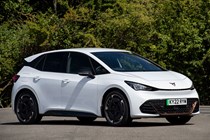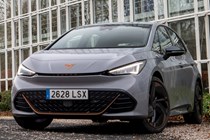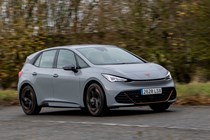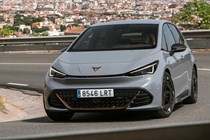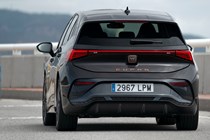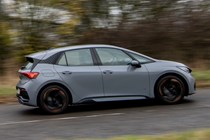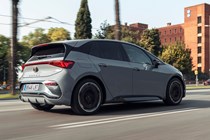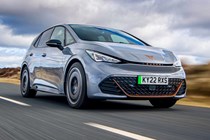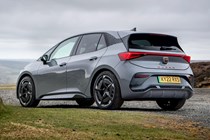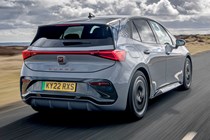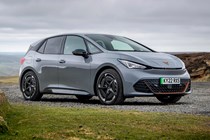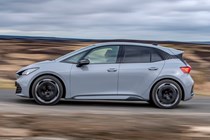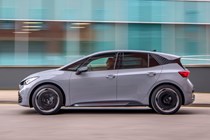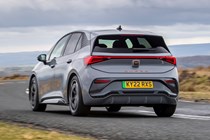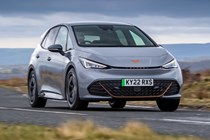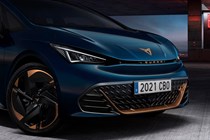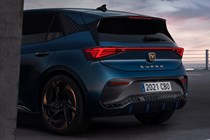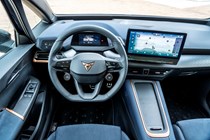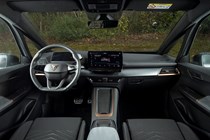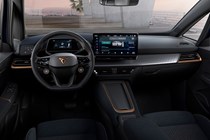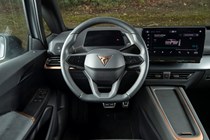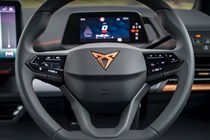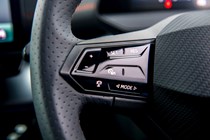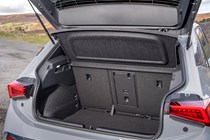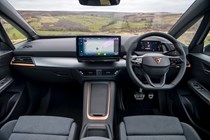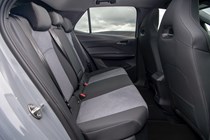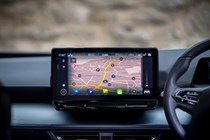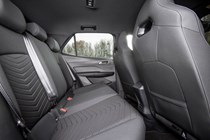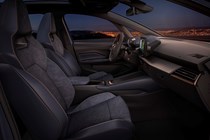
Cupra Born engines, drive and performance
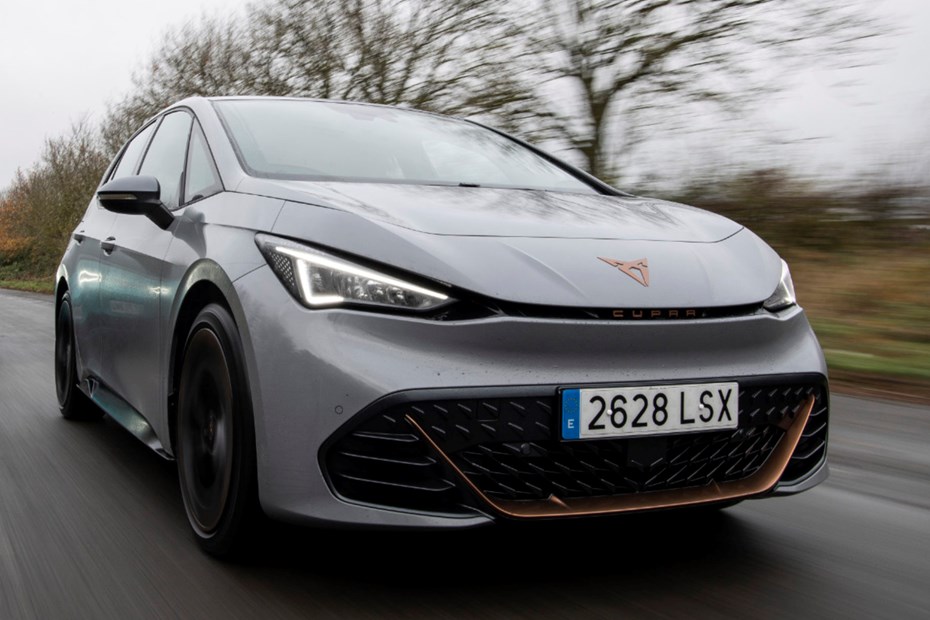
- 204hp and 230hp motors available
- More warm hatch than hot hatch
- Sportier than ID.3
Opt for the entry-level 58kWh battery and you’ve a choice of 204hp or the 230hp eBoost model, while 77kWh versions are eBoost only.
Even the 204hp version feels brisk, with 0-62mph taking a smidge over seven seconds. Although it doesn’t fire off the line like some electric cars including the Tesla Model 3, there’s plenty of power for A road overtakes and you won’t feel the acceleration drop off heavily as you approach motorway speeds.
77kWh eBoost models are only moderately faster on account of the greater weight of the battery, so it’s the 58kWh eBoost that’s the fastest with a mid-six second 0-62mph time. It’s more urgent off the line but still doesn’t match similarly priced hot hatches for pace.
You can switch between various drive modes that change the response of the accelerator pedal and you can change the amount of regenerative braking, too. In Drive it’ll roll along if you come off the right pedal unless it detects slowing traffic, at which point the regen brakes come in. Flick it to B and the car slows far more when you lift off, making it handy for stop start driving. You will still have to press on the brake to come to a complete stop unlike the Nissan Leaf, though.
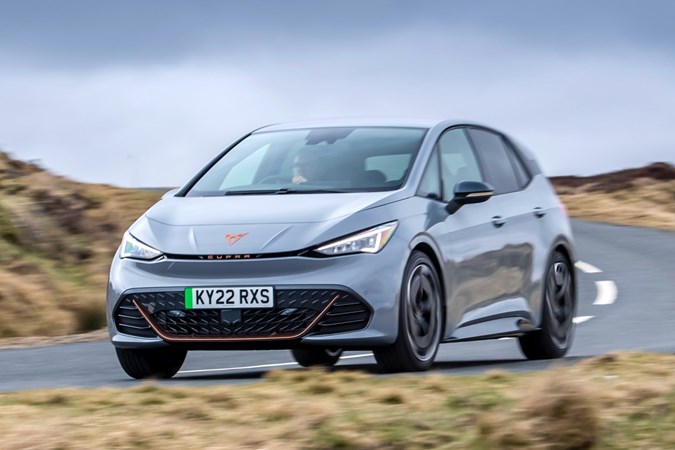
What’s it like to drive?
- Quick steering
- Fidgety ride
- Fun, up to a point
Even without the optional 20in wheels with wider tyres, the Born has plenty of traction when launching and grip in corners. With the punch of the electric motor, it’ll get down a sinewy B road quickly without too much effort.
The steering is quick yet avoids feeling nervous, instead offering good precision and even a bit of feedback to let you know what the front tyres are up to. However, the faster you go the more you’re aware of the Born’s substantial weight, especially in fast direction changes. This means it never feels as agile as a good hot hatch or the Tesla Model 3, and it doesn’t feel much sharper than an ID.3 .
To make the Born handle as well as it does, Cupra has lowered and stiffened the suspension. That does mean it fidgets over poorly surfaced roads and doesn’t smooth off bumps as well as an ID.3, let alone a Kia e-Niro.
If you’re an enthusiastic driver that likes the idea of a rear-wheel drive hot hatch, try not to get too excited. You’re certainly aware you’re being pushed rather than pulled along, with the rear of the Born hunkering down out of corners and providing great traction. Try to unstick the rear tyres and you’ll feel a slight slip before the electronics rein things back in despite Cupra tinkering with the stability control. Sport mode delays this momentarily, but the Born is no hooligan.
The car’s heft means braking distances are a little longer than you might expect. Still, they’re easy enough to modulate, although they don’t feel as natural as the brakes you’d get on a petrol powered Cupra Leon, for instance.


